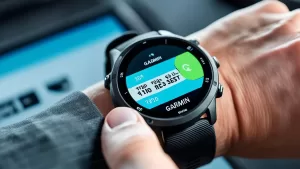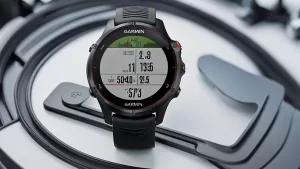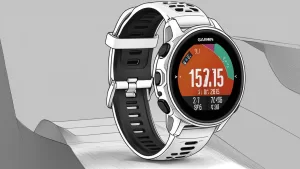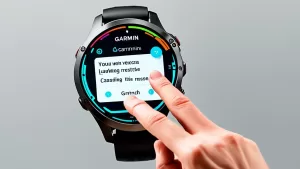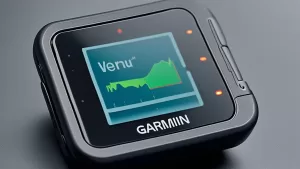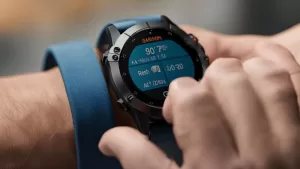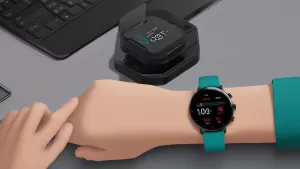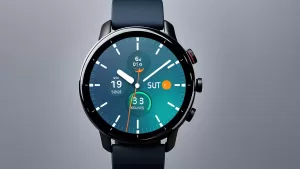Water damage can wreak havoc on smartphones, primarily affecting touchscreen responsiveness. Unfortunately, the Google Pixel is no exception, with users often experiencing unresponsive touch areas after water exposure.
The leading causes behind unresponsive touch areas in the Google Pixel after water damage are damage to the touch screen, the digitizer, or other internal components like the connector, connector cable, or logic board. Troubleshooting involves opening the device, cleaning residual water or corrosion, testing components, and replacing damaged parts.
Discover how to identify and repair water-damaged components in your Google Pixel, ensuring a smooth touchscreen experience.
Identifying the Issue: Unresponsive Touch Areas
When a Google Pixel experiences water damage, some touch areas may stop responding, causing difficulties in using the device. Several possible reasons for this issue can involve the touchscreen itself or other internal components. To find out what caused the problem, a detailed examination of the device is required.
Potential Causes: Touch Screen, Digitizer, or Other Components
The main components that can be affected by water damage, leading to unresponsive touch areas, are:
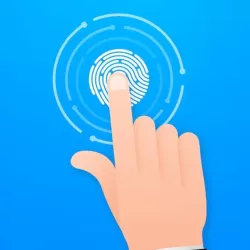
- Touch Screen: The touch screen is the most visible part of the device and is the primary interface for user input. Water can infiltrate the screen and cause damage to its internal components, rendering some areas unresponsive.
- Digitizer: The digitizer is responsible for processing touch inputs and converting them into signals the device can understand. If the digitizer is damaged, it can result in unresponsive touch areas or ghost touches.
- Other Components: Water can also cause short circuits in other components like the connector, connector cable, or the logic board, resulting in touch screen issues.
Troubleshooting and Repair: Steps to Follow
To identify the damaged component and repair the device, follow these steps:
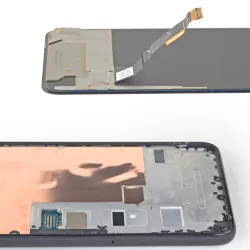
- Open the Device: You can refer to reliable online sources like Google Pixel Screen Replacement to open the phone and examine the internal components for signs of water damage.
- Clean the Device: Clean any residual water or corrosion using a high percentage of isopropyl alcohol, such as 99%. Clean the screen connector contacts and allow the device to dry completely before testing.
- Test the Components: Reconnect the cables, power on the device, and test its functionality. This will help you determine which components are faulty and need replacement.
- Replace Damaged Parts: Once you have identified the damaged component(s), consider purchasing the necessary replacement parts. However, be prepared to spend money on parts that may not ultimately fix the problem if the damage is more extensive than initially assessed.
Avoiding Rice: Proper Drying Techniques
Many users may be tempted to use the rice method to dry out their water-damaged devices. However, this method is not recommended, as it can leave behind mineral deposits and starch, increasing the chances of a short circuit.
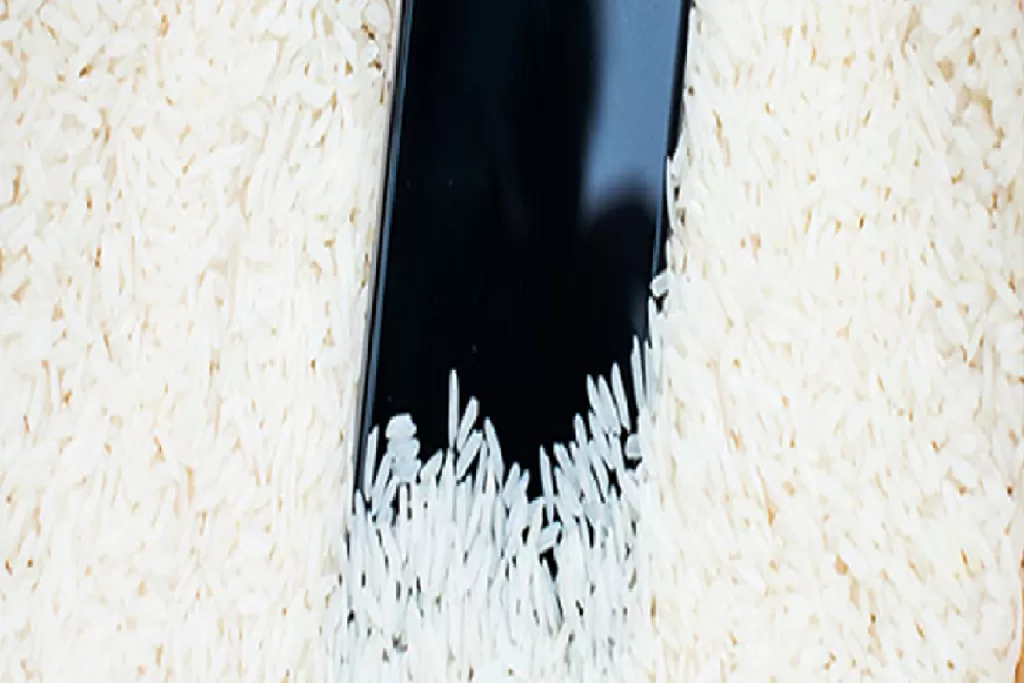
Instead, it is better to immediately power down the device, open it, disconnect the battery, and clean it thoroughly.
Moving Forward: Protecting Your Google Pixel
Water damage can affect your Google Pixel’s touchscreen responsiveness and overall functionality. To prevent similar problems from occurring again, purchasing a waterproof case and being careful when around water is a good idea.
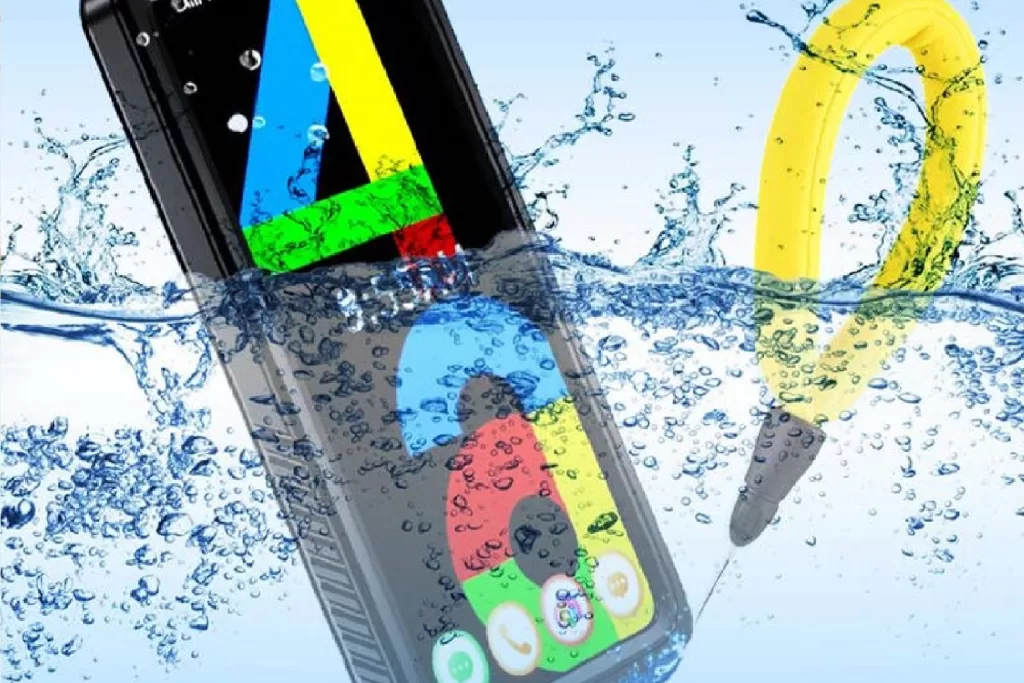
Remember to follow the troubleshooting and repair steps mentioned above to identify and fix the problem in case of water damage.
FAQs
-
What causes touch sensitivity issues on Google Pixel phones?
Touch sensitivity issues on Google Pixel phones can be caused by various factors, including software glitches or bugs, hardware issues with the touchscreen, interference from screen protectors or cases, and dirt or debris on the screen.
-
How can I troubleshoot touch sensitivity issues on my Google Pixel?
To troubleshoot touch sensitivity issues on your Google Pixel, you can try several solutions, such as locking and unlocking the phone, disabling or uninstalling auto-clicker apps, removing screen protectors or cases, updating Google Play System, cleaning the screen, checking for Pixel updates, restarting the phone, performing a factory reset, and calibrating the touchscreen.
-
What can cause unresponsive touch areas on a Google Pixel after water damage?
Unresponsive touch areas on a Google Pixel after water damage can be caused by damage to the touch screen, the digitizer, or other internal components like the connector, connector cable, or logic board.
-
How can I repair my Google Pixel’s touch screen after water damage?
To repair your Google Pixel’s touch screen after water damage, you must open the device, clean any residual water or corrosion using a high percentage of isopropyl alcohol, test the components to determine which are faulty, and replace any damaged parts as needed.
-
How can I prevent water damage to my Google Pixel?
To prevent water damage to your Google Pixel, consider investing in a waterproof case and exercising caution around water. If your device does get wet, power it down immediately, open it, disconnect the battery, and clean it thoroughly to avoid lasting consequences.
